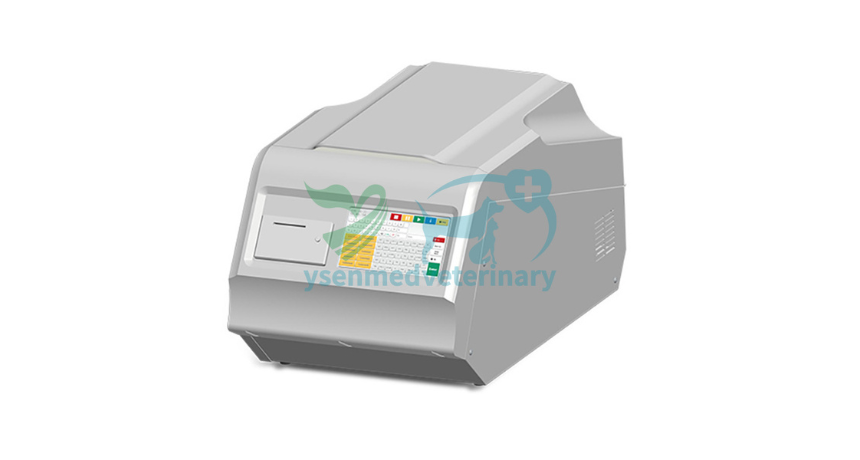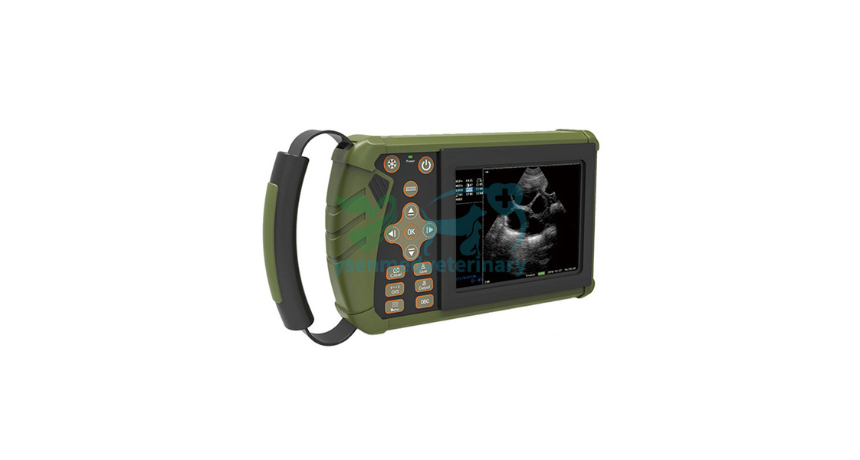In the ever-evolving landscape of medical technology, innovation continues to push boundaries, making healthcare more accessible, efficient, and precise. One remarkable advancement that stands out is the revolution in blood cell counting through compact technology. Gone are the days of bulky, cumbersome machines confined to laboratory settings. Today,
portable devices are redefining the way blood cell counts are conducted, bringing convenience and accuracy to the forefront of patient care.

Introduction: Embracing Innovation in Healthcare
In the fast-paced world of healthcare, the demand for portable and efficient solutions has never been greater. From remote villages to bustling urban centers, the need for immediate and accurate blood cell analysis is paramount in diagnosing and treating various medical conditions. Traditional methods of blood cell counting often involve time-consuming laboratory processes, requiring specialized equipment and trained personnel. However, with advancements in technology, portable devices are changing the game, offering a compact and accessible alternative to conventional methods.
The Evolution of Blood Cell Counting Technology
Over the years, blood cell counting has undergone a remarkable transformation, thanks to advancements in microfluidics, optics, and data processing. Traditional hematology analyzers, while effective, are typically large, complex machines found in centralized laboratories. These analyzers require sizable blood samples and intricate calibration procedures, limiting their accessibility in remote or resource-limited settings. However, with the advent of portable technology, blood cell counting has become more streamlined and versatile, allowing for on-the-spot analysis with minimal sample volumes.
Compact Devices: Miniature Marvels in Healthcare
The emergence of compact devices has revolutionized the field of blood cell counting, offering a portable solution that fits in the palm of your hand. These miniature marvels leverage cutting-edge technologies such as microfluidics and digital imaging to provide rapid and accurate results without the need for bulky equipment or extensive training. Designed for convenience and ease of use, portable devices enable healthcare professionals to perform blood cell counts in diverse settings, from rural clinics to emergency medical facilities.
The Benefits of Portable Blood Cell Counting
The integration of compact technology into blood cell counting brings forth a multitude of benefits for both healthcare providers and patients alike. One of the primary advantages is the ability to conduct point-of-care testing, allowing for immediate assessment and timely intervention. By eliminating the need for sample transportation and centralized laboratory processing, portable devices expedite the diagnostic process, leading to faster treatment decisions and improved patient outcomes.
Accessibility and Affordability: Bridging Gaps in Healthcare
In addition to enhancing efficiency, portable blood cell counting devices also address issues of accessibility and affordability in healthcare. In resource-limited settings where traditional laboratory infrastructure may be lacking, these compact devices serve as invaluable tools for basic diagnostic screening and monitoring. By decentralizing testing capabilities, portable technology empowers frontline healthcare workers to deliver essential services to underserved populations, bridging gaps in healthcare delivery and improving overall health equity.
Empowering Patients through Self-Monitoring
Beyond clinical settings, portable blood cell counting devices have the potential to empower patients through self-monitoring and management of chronic conditions. For individuals living with diseases such as anemia or leukemia, regular blood cell counts are essential for tracking disease progression and treatment efficacy. With portable devices, patients can perform routine blood tests at home, providing real-time data to inform their healthcare decisions and promote proactive self-care.
Challenges and Considerations
While the rise of portable blood cell counting technology brings immense promise, it is not without its challenges and considerations. Miniaturization and integration of complex analytical processes into compact devices require meticulous engineering and validation to ensure accuracy and reliability. Additionally, regulatory frameworks and quality assurance standards must be upheld to guarantee the safety and effectiveness of portable devices in clinical practice. Moreover, ongoing research and development are essential to further enhance the capabilities and usability of portable technology in diverse healthcare settings.
Future Directions: Innovating for Impact
Looking ahead, the future of blood cell counting lies in continued innovation and collaboration across interdisciplinary fields. Advances in microfluidics, nanotechnology, and artificial intelligence hold the potential to further miniaturize and enhance the performance of portable devices, making them even more accessible and versatile. Moreover, partnerships between academia, industry, and healthcare providers are essential to drive forward the adoption and integration of portable technology into mainstream clinical practice, ultimately transforming the landscape of healthcare delivery worldwide.
Conclusion: Embracing the Promise of Portable Technology
In conclusion, the portable revolution in blood cell counting represents a paradigm shift in healthcare, bringing accessibility, efficiency, and empowerment to the forefront of patient care. Through the integration of compact technology, healthcare providers and patients alike stand to benefit from immediate, accurate, and accessible blood cell analysis, transcending barriers and transforming the way we approach diagnostics and treatment. As we continue to embrace innovation and collaboration, the future holds boundless opportunities to redefine healthcare delivery and improve the lives of individuals around the globe.
FAQs:
What is portable blood cell counting technology?
Portable blood cell counting technology refers to compact devices designed to analyze blood samples for various parameters, including red blood cells, white blood cells, and platelets. These devices utilize miniaturized components such as microfluidics and digital imaging to provide rapid and accurate results outside of traditional laboratory settings.
How does portable blood cell counting benefit healthcare providers?
Portable blood cell counting offers numerous benefits to healthcare providers, including the ability to conduct point-of-care testing, expedite diagnostic processes, and improve patient outcomes. These devices enable healthcare professionals to perform immediate blood cell analysis in diverse settings, leading to faster treatment decisions and enhanced efficiency in patient care.
Are portable blood cell counting devices accurate and reliable?
Yes, portable blood cell counting devices undergo rigorous validation and quality assurance processes to ensure accuracy and reliability. These devices are designed to meet regulatory standards and adhere to strict performance criteria, providing healthcare professionals with dependable results for clinical decision-making.
Can patients use portable blood cell counting devices at home?
While portable blood cell counting devices are primarily used by healthcare professionals, there is potential for patients to utilize similar technology for self-monitoring and management of chronic conditions. However, home use would require thorough training and guidance from healthcare providers to ensure proper sample collection and interpretation of results.
What are the future implications of portable blood cell counting technology?
The future of portable blood cell counting technology holds promise for further innovation and integration into mainstream healthcare delivery. Advances in miniaturization, artificial intelligence, and data analytics are expected to enhance the capabilities and accessibility of these devices, ultimately empowering healthcare providers and patients to make informed decisions and improve health outcomes.





